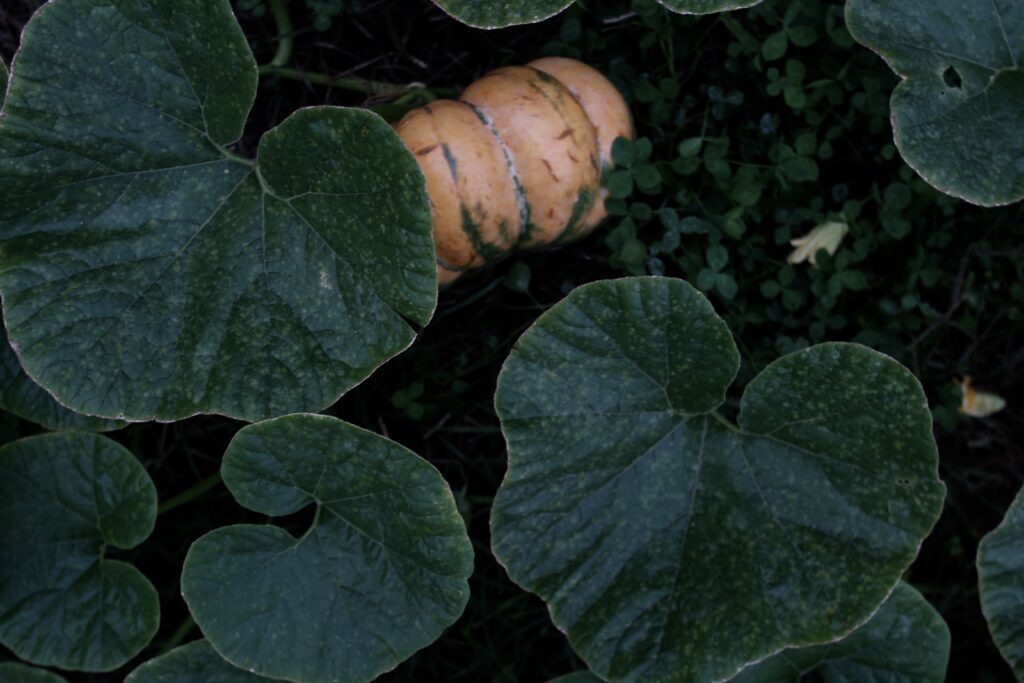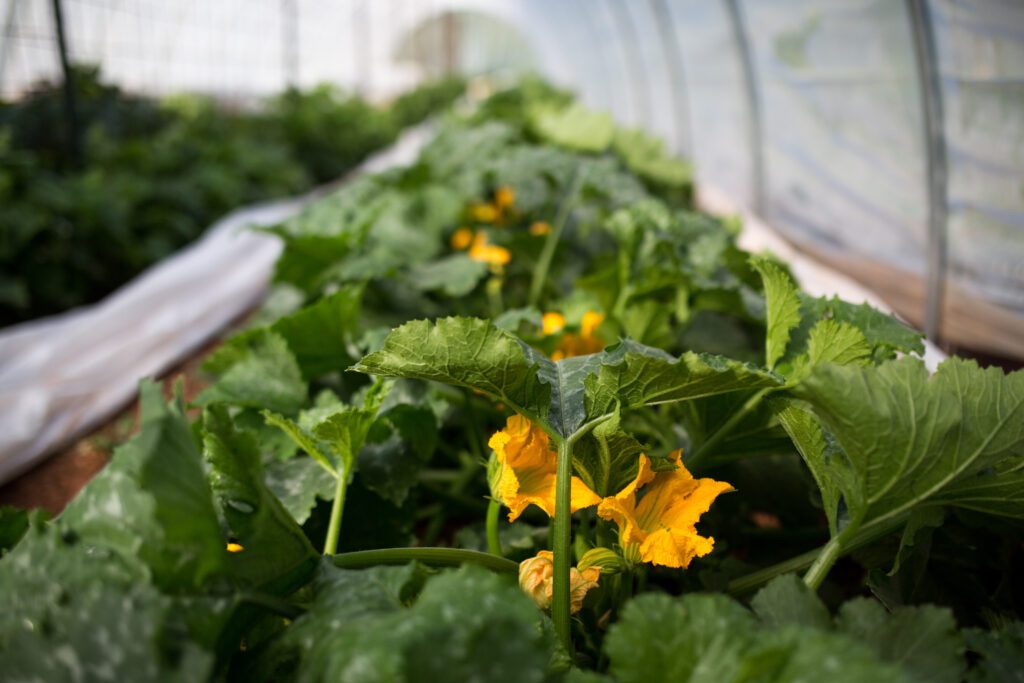Fastidious tidings to you, my fellow cohorts of freshness! It’s time for Mike’s Midweek Musings–your weekly fact-filled exploration of assorted fruits and vegetables–and today we find ourselves flocking to the forthcoming festivals of fall!

Despite these weeks of 90-degree weather, the first day of Autumn is less than a month away! This widely appreciated season is more notably heralded by the refreshing, cool weather, the return of football, and pumpkin spice everything.
However, I am a produce aficionado; a connoisseur of comestibles, and I say that the new season begins with the harvest of fall vegetables. And guess what guys?… Local hardshell squashes have found their way into the Fresh Harvest storefront. So trade in your swimsuit and shorts for that flannel and fleece, things are about to steadily become more sepia-toned out here.

It’s great to have all these different varieties of fresh, locally grown squashes available to us, but what is the big difference between them? The assortment of hardshell squash that we offer allows a great opportunity to experience their unique differences. Their differences in size, shape, and color are not the only differences between each squash. Each variety has its own unshared taste, texture, and preparation. To further educate you in the ways of the illustrious Producial Arts, I have assembled this guide to detail some of the differences between the squash provided to us by our wonderful farm community.
…I present to you…
THE (UN)OFFICIAL FRESH HARVEST – HARDSHELL SQUASH GUIDE 2023

Acorn Squash, Crystal Organic Farm: Resembling an acorn, (duh) this squash’s deep, horizontal grooves allow for easy processing into equal segments. It has a buttery flavor that is found to be much sweeter than summer varieties of squash. With it having a round shape, the acorn squash can be used as a natural bowl for serving… if you’re into those Pinterest types of things that border on DIWhy.

Butternut Squash, Row by Rowe Farm: With its tiny seed pocket located in the lower ‘bulb’ of this squash, the top section contains an easily peelable, dense and meaty vegetable that is widely utilized in the foodservice industry. The butternut has a traditional squash flavor that when coupled with its versatility and availability makes this the russet potato of the squash world.
Secret tip: If a restaurant boasts of something outside of pumpkin season being made with pumpkin (Thai pumpkin soup, pumpkin bread), it’s most likely butternut squash.

Delicata Squash, Row by Rowe Farm: This thin, cylindrical squash is noted by its yellow skin with vertical green stripes. Unlike most other squash, the skin on the delicata is edible and due to its size, this squash cooks much more quickly than others.
Contrasting the stringiness of other squash, the delicata has a smooth and creamy texture when cooked, giving it the nickname the “sweet potato squash.”

Honeynut Squash, Signal Mountain Farm: At first glance, this squash may look like an ordinary butternut, but its taste is far sweeter and more robust with a silkiness that is reminiscent of a delicata. With its smaller ‘seed pocket’ and solid shape, the honeynut is like a brick of solid squash, making it easier to process for a variety of purposes.
Fun fact: honeynut squash is a cross between butternut squash and a New England pie pumpkin squash.

Futsu Squash, Fry Farm: Originating from Japan, the futsu squash has vertical ridges akin to acorn squash and a creamy, nutty flavor that is similar to honeynut; perfect for both savory and sweet dishes. The name ‘futsu’ is Japanese, meaning ordinary; something this squash definitely is not.

Spaghetti Squash, Crystal Organic Farm: The spaghetti squash is famously known for the stringiness of its flesh. It doesn’t just look like pasta, it maintains its spaghetti shape after cooking, making it a low-cal and carb-free pasta substitute. Due to its size, shape, unique texture and its large seeds, it’s the one squash mostly used for non-traditional squash recipes.
That’s a wrap, my little harvesters. Let us usher in the pending fall season with festive delight by celebrating the collection of organic hardshell squashes at Fresh Harvest. Through a whimsical exploration of each variety’s unique traits, flavors, and culinary applications, let this (un)official guide inspire your tastebuds. Get in that kitchen and make something ‘gourd-geous’.
(Does that pun work? I’m 50/50 on it)

